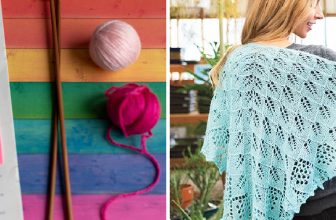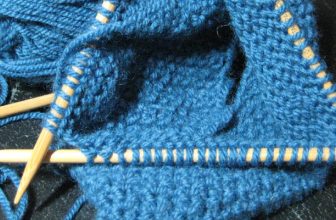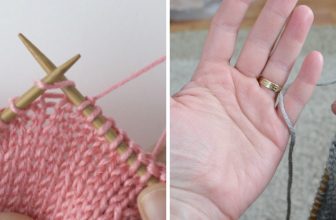How to Crochet with Fuzzy Yarn
Crocheting with fuzzy yarn can be a delightful challenge for crafters looking to add a soft and textured touch to their projects. This type of yarn, often made from materials like polyester or acrylic, creates a unique aesthetic that can make finished items appear cozy and inviting. However, its fluffy nature can also present obstacles, such as difficulty in seeing stitches and maintaining tension.
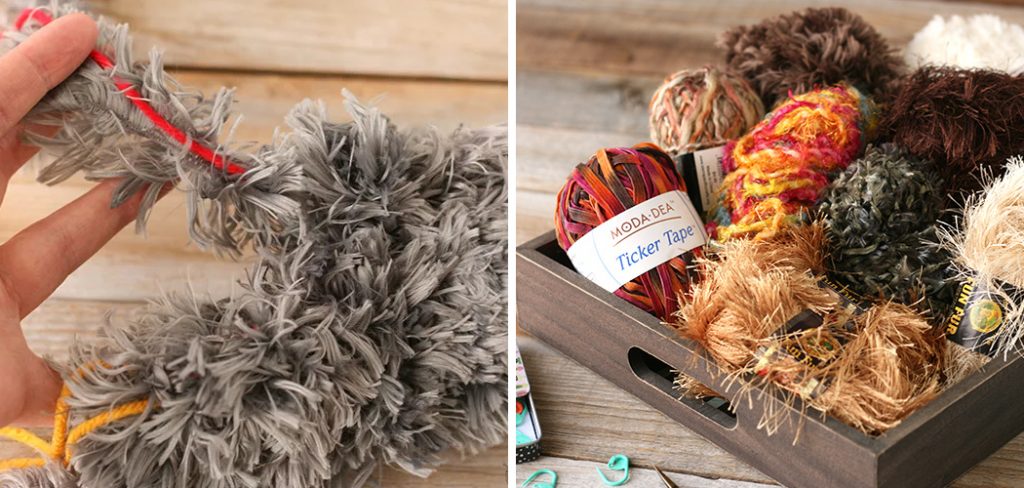
In this guide, we will explore essential tips and techniques for how to crochet with fuzzy yarn, ensuring your crochet creations are both beautiful and manageable. Whether you’re making a warm scarf, a playful stuffed animal, or an elegant shawl, understanding how to work effectively with fuzzy yarn will elevate your crafting experience.
What is Fuzzy Yarn?
Fuzzy yarn is a type of yarn characterized by its soft, fluffy texture, which is typically achieved through the spinning of fibers that create a halo effect. This yarn often consists of synthetic materials, such as polyester or acrylic, though some blends may include natural fibers like wool. The resulting fuzziness provides a unique visual appeal and a tactile softness that can enhance various crochet projects.
However, it may also obscure stitch definition, making it challenging for beginners to identify individual stitches. Despite this, fuzzy yarn is beloved for its ability to produce warm and inviting items, making it a popular choice for garments, accessories, and home decor.
Benefits of Crocheting with Fuzzy Yarn
Crocheting with fuzzy yarn offers several appealing benefits that can enhance your crafting experience. Firstly, the incredibly soft texture of fuzzy yarn results in cozy, warm finished products, making it an ideal choice for winter wear like blankets, hats, and scarves. Additionally, the volume and fluff do a fantastic job of hiding imperfections or inconsistencies in your stitching, which can be particularly advantageous for novice crocheters still honing their skills.
Furthermore, fuzzy yarn is often available in a variety of vibrant colors and patterns, allowing for creativity in design while also adding a charming aesthetic to any project. Lastly, working with fuzzy yarn can impart a sense of satisfaction and joy, as the tactile nature of the material provides a unique sensory experience during the crocheting process.

10 Methods How to Crochet with Fuzzy Yarn
1. Choose the Right Hook Size
Selecting the appropriate crochet hook size is crucial when working with fuzzy yarn. Fuzzy yarns, such as those with a mohair, alpaca, or chenille texture, can be tricky to work with due to their tendency to obscure stitches. Start by using a hook that is slightly larger than the recommended size for the yarn.
A larger hook will help you maintain the correct stitch size and avoid the yarn from becoming too tight or difficult to work with. Experiment with different hook sizes to find the one that works best for your project, ensuring that the stitches are even and the yarn is not overly stretched.
2. Use a Sharp Hook for Better Visibility
When working with fuzzy yarn, a sharp or pointed hook can be beneficial. Unlike rounded hooks, sharp hooks can easily penetrate through the yarn’s fuzzy texture and grab the yarn more effectively. This is particularly useful when working with yarns that have a high pile or are very textured. A sharp hook helps in reducing the effort required to pull the yarn through stitches and minimizes the risk of snagging or splitting the yarn.
Opt for hooks with a fine tip and a smooth finish to ensure that your crocheting experience is as smooth as possible.
3. Work in a Well-Lit Area
Good lighting is essential when crocheting with fuzzy yarn. The texture of fuzzy yarn can make it difficult to see individual stitches, especially in low-light conditions. Working in a well-lit area or using a lighted magnifying lamp can improve visibility and reduce eye strain. Proper lighting allows you to clearly see your stitches and helps in maintaining an even tension throughout your project. Invest in quality lighting solutions to enhance your crocheting experience and achieve better results with fuzzy yarn.
4. Use a Pattern with Large Stitches
Choosing a crochet pattern with larger stitches or openwork designs can make working with fuzzy yarn easier. Patterns that incorporate larger stitches, such as double crochet or treble crochet, provide more space for the yarn to move and reduce the likelihood of it becoming tangled or obscured. Openwork designs, such as lace patterns or mesh, allow you to see the structure of your work more clearly and can be more forgiving when using fuzzy yarn. Opt for patterns that highlight the texture of the yarn without requiring precise stitch definition.
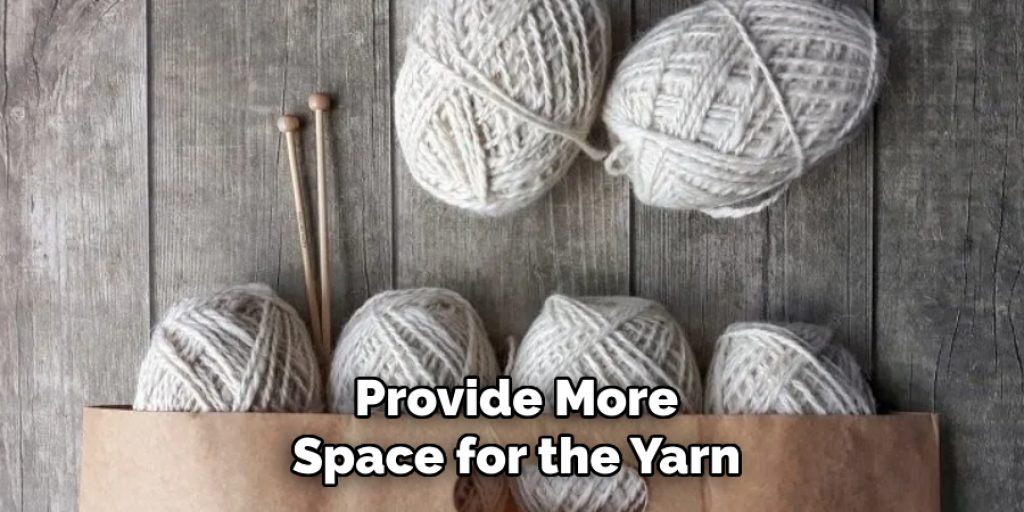
5. Use a Yarn Guide
A yarn guide can be a valuable tool when crocheting with fuzzy yarn. Yarn guides are small devices that help control the flow of yarn and keep it from tangling or catching on itself. They can be particularly useful when working with yarns that have a tendency to fray or fuzz. To use a yarn guide, simply thread the yarn through the guide and position it as you crochet. This helps maintain an even tension and reduces the risk of the yarn snagging or becoming difficult to handle.
Yarn guides are available in various styles, including ring guides and clamp-on versions, so choose one that best fits your needs.
6. Avoid Tight Stitches
Fuzzy yarn can be particularly challenging if the stitches are too tight. Tight stitches can cause the yarn to bunch up and make it difficult to see the individual stitches. To avoid this issue, focus on keeping your tension relaxed and your stitches even. If you notice that your stitches are becoming too tight, consider using a larger hook or adjusting your crocheting technique.
Maintaining a loose and even tension helps ensure that the fuzzy yarn works up smoothly and that the finished project has a soft, comfortable texture.
7. Take Your Time
Crocheting with fuzzy yarn requires patience and a gentle touch. The texture of fuzzy yarn can make it easy to lose track of stitches or misplace your hook. Take your time and work slowly to ensure that each stitch is placed correctly. If you encounter difficulties, such as the yarn catching or the stitches becoming hard to see, stop and adjust your technique. Rushing through the project can lead to mistakes and frustration, so allow yourself the time to work carefully and enjoy the process.
8. Use a Stitch Marker
Stitch markers are essential tools when working with fuzzy yarn, as they help you keep track of your progress and identify stitch patterns. Place a stitch marker at the beginning of each row or round to help you easily identify where each section starts and ends. This is particularly useful for patterns with complex stitch sequences or when working in the round. Stitch markers come in various styles, including locking and removable types, so choose the ones that best fit your crocheting style and needs.
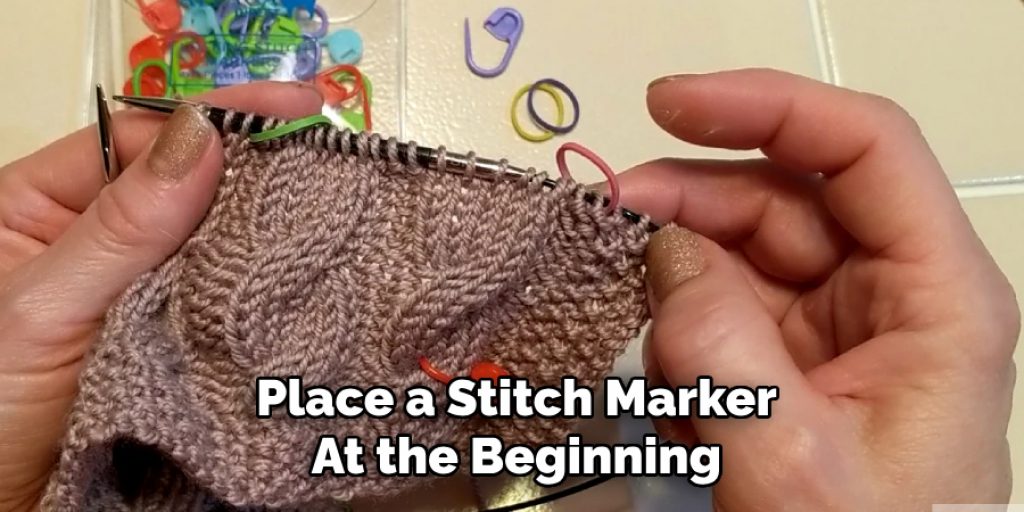
9. Test a Swatch
Before starting a full project with fuzzy yarn, it’s a good idea to create a small swatch. A swatch allows you to test the yarn and hook combination, check your tension, and ensure that the yarn behaves as expected. By crocheting a sample piece, you can identify any potential issues and make adjustments before committing to a larger project. This practice helps you gauge how the fuzzy yarn will work with different stitches and patterns, ensuring that your finished project turns out as desired.
10. Incorporate Yarn Conditioning Products
Yarn conditioning products, such as anti-static sprays or fabric softeners, can help manage the texture and behavior of fuzzy yarn. These products can reduce static cling, which can cause fuzzy yarn to become tangled or difficult to work with. Apply a small amount of yarn conditioner to the yarn before starting your project, following the manufacturer’s instructions. This can help smooth out the yarn and make it easier to handle, improving your crocheting experience and ensuring that your project has a clean, polished finish.
Common Mistakes to Avoid
When crocheting with fuzzy yarn, there are several common mistakes that can hinder your progress and affect the quality of your project. One of the main pitfalls is not properly adjusting your hook size. Using a hook that is too small can lead to tight stitches, making it challenging to see your work and resulting in frustration. Additionally, failing to control your tension can cause uneven stitches, giving the final product an unpolished look.
Another mistake is neglecting to read the pattern thoroughly. Many patterns provide specific guidance on stitch types and tension, which can be critical when working with fuzzy yarn. Skipping this step may lead to unexpected difficulties later on. It’s also important to avoid working with knotted yarn, as this can introduce inconsistencies in texture and flow.
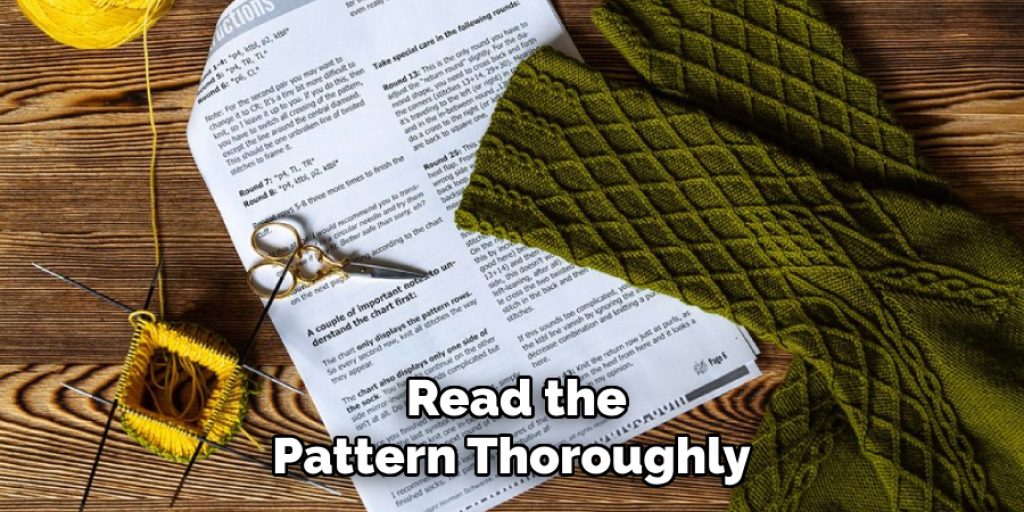
Conclusion
Crocheting with fuzzy yarn presents unique challenges, but with the right techniques and tools, you can create beautiful and soft projects with ease. By experimenting with these ten methods—choosing the right hook size, using a sharp hook, working in a well-lit area, opting for patterns with large stitches, using a yarn guide, avoiding tight stitches, taking your time, using stitch markers, testing a swatch, and incorporating yarn conditioning products—you can enhance your crocheting skills and achieve excellent results. Thanks for reading, and we hope this has given you some inspiration on how to crochet with fuzzy yarn!


